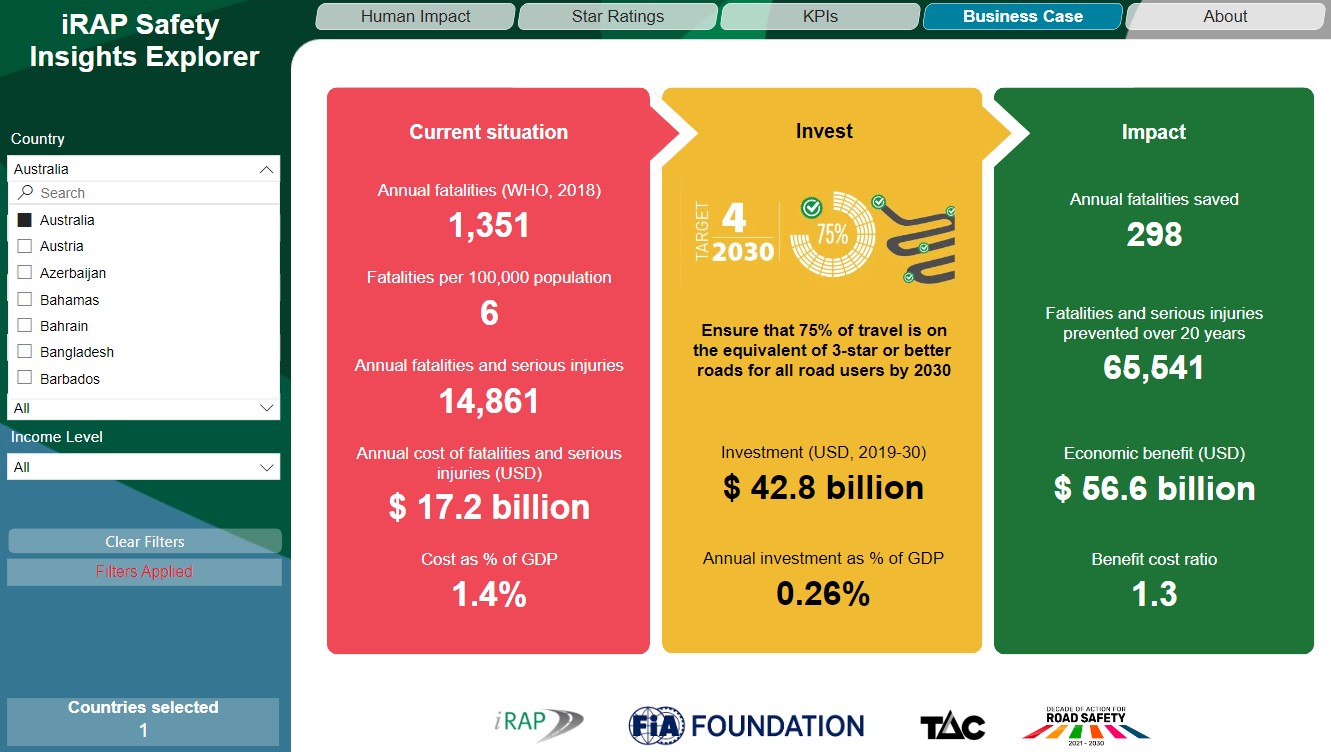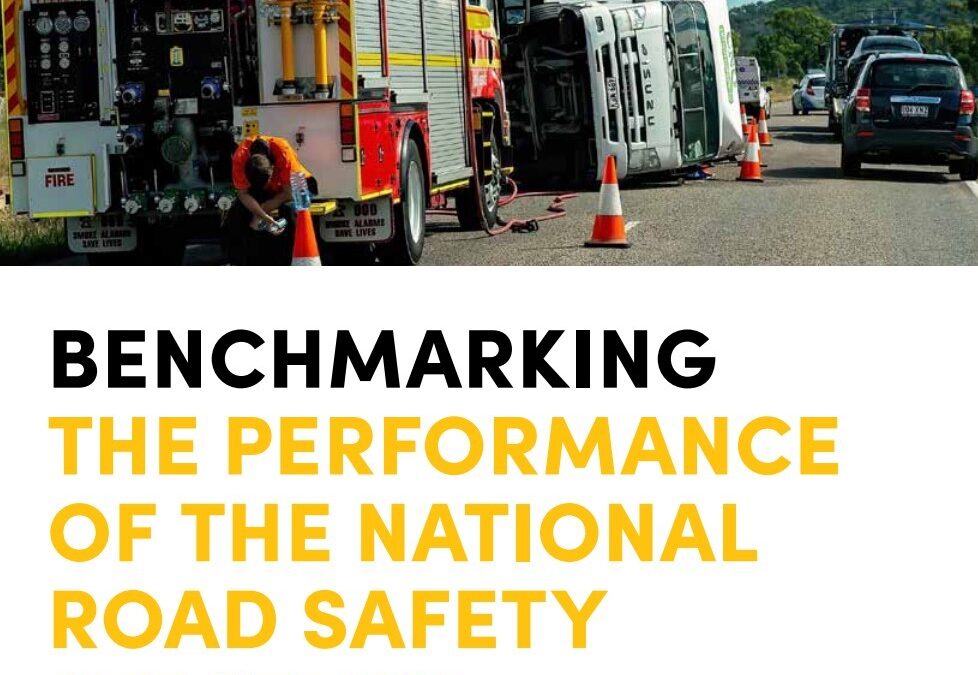The Australian Automobile Association (AAA) is benchmarking progress of the country’s National Road Safety Strategy 2021-2030 and utilising data, or the lack thereof, to advocate for greater action. Quarterly published benchmarking reports, a public data dashboard and letters to parliamentary members are supporting the campaign.
The latest Benchmarking the Performance of the National Road Safety Strategy Report – June Quarter shows the national and state governments remain unable to track most of their agreed targets, and rising road deaths are exposing data failings.
The AAA Road Safety Data Dashboard is tracking national and state road deaths and state progress towards target reduction. Importantly it is also highlighting where no baseline or progress data exists, or national data definition has been devised, to track target achievement.
AAA Managing Director Michael Bradley said: “You can’t improve what you don’t measure, and when it comes to road trauma, the Australian Government is measuring very little.
“In 2023, Australia is unable to adequately quantify the extent of road trauma, or the effectiveness of interventions being deployed to reduce it,” he said. “Cars have never been safer and road funding never higher, and yet road fatalities are climbing.
“A new approach is needed, starting with national statistics to guide law enforcement, road investment, and policy change.”
Published by the nation’s peak motoring body, the new benchmarking and data reports show Australia is far from on course to meet the Strategy’s targets of halving road deaths through the decade to 2030 and reducing serious injuries by 30 per cent over that period.
The report shows 1,205 people died on Australian roads in the 12 months to 30 June 2023 – a 3.2 per cent rise on the previous corresponding period.
It shows no Australian jurisdiction is on track to meet fatality reduction targets, while death rates for drivers, passengers, pedestrians, cyclists, and motorcyclists are all above the Strategy’s agreed targets.
The Strategy’s targets of halving road deaths by 2030 and eliminating all road deaths of children seven years and under are not on track to be met. But at least they can be measured.
“We know this target is badly off-track, but progress on three of the Strategy’s other headline targets cannot even be quantified because the necessary data is either not collected or not reported,” Mr Bradley said.
These three targets are:
- reducing serious injuries by 30 per cent;
- eliminating road deaths in city CBDs; and
- eliminating deaths on all national highways and on high-speed roads covering 80 per cent of travel across the network.
The AAA is calling for Australia’s next National Partnership Agreement on Land Transport Infrastructure Projects (to come into effect July 2024) to require states and territories to provide relevant road safety data to the Commonwealth as a condition of Commonwealth funding.
iRAP Global Programme and Communications Manager Judy Williams said the AAA’s campaign is a great example of communications and advocacy other road safety stakeholders can learn from.
“The performance tracking reports, a public data dashboard which brings data insights to life, and communications with government decision-makers and the media which arm them with the knowledge and pressured appeal of motorists for prioritised action ensures road safety is on public notice,” she said.
The AAA is the nation’s peak motoring body, representing Australia’s state-based motoring clubs and their 8.9 million members. It is an apolitical and technology-neutral advocate for federal transport policy that improves safety, affordability, and mobility.
The AusRAP programme, led by Austroads, has assessed 423,000km of roads and designs, influencing the safety of US$19.2 billion of road infrastructure investment including a national $3 billion Safer Roads Programme which includes targets for 3-star or better performance. Star Rating policy targets are in place in 14 national and state policy documents including the 2021-2030 Australian National Road Safety Strategy, 2023-2025 Australian National Road Safety Action Plan, South Australian Road Safety Strategy to 2031, New South Wales Road Safety Plan, Victorian Road Safety Plan 2021-2023 and 2021 Australian Government Remote Roads Upgrade Pilot Programme Guidelines helping to inform the safety of billions of dollars of road upgrade investment. National partners are leading Artificial Intelligence based assessments (AiRAP) and ARRB is one of 11 iRAP Centres of Excellence helping to shape the evidence-based global road infrastructure safety standard and tools. 549 people have benefited from iRAP global/on-line training, along with 3,300 people trained in events delivered locally. 7 practitioners are iRAP accredited.
According to the iRAP Safety Insights Explorer, achieving UN Target 4 for greater than 75% of travel on 3-star or better roads for all road users in Australia by 2030 stands to save an estimated 65,541 fatalities and serious injuries over the 20-year life of road treatments with an economic benefit of USD$56.6 billion to the economy.



















